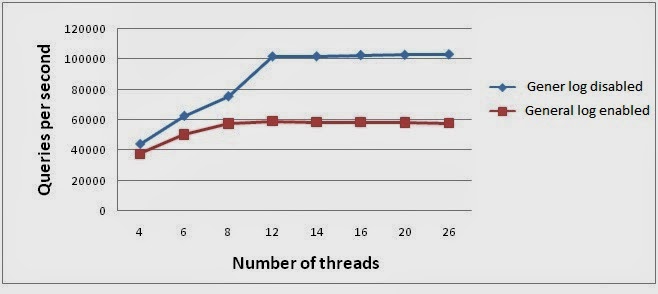How to install MyRocks into mariaDB as a plugin?
Whats is MyRocks? MyRocks is a storage engine that integrates RocksDB into MySQL with most features of InnoDB and the storage efficiency of RocksDB. It has been said that it provides 3-4x compression when compared to uncompressed InnoDB tables and 10x less write amplification when compared to InnoDB What is RocksDB? RocksDB is a embedded key-value data storage(a fork of LevelDB) which stores data in the disk unlike redis(redis stores data in memory). It uses Log-structured merge-tree algorithm that reduces write amplification. https://en.wikipedia.org/wiki/Log-structured_merge-tree Now let's come to the post topic. We are going to compile MyRocks engine as a plugin into mariaDB. Requirements 1) gcc 4.8.1 and above MyRocks document says it could be installed in centos 6.8 too. But it's a bit tedious since a MyRocks requires a gcc 4.8 which is not available through default repositories in Centos 6.8 . So let's choose Centos 7 which has gcc 4.8.5 2) gfl...


